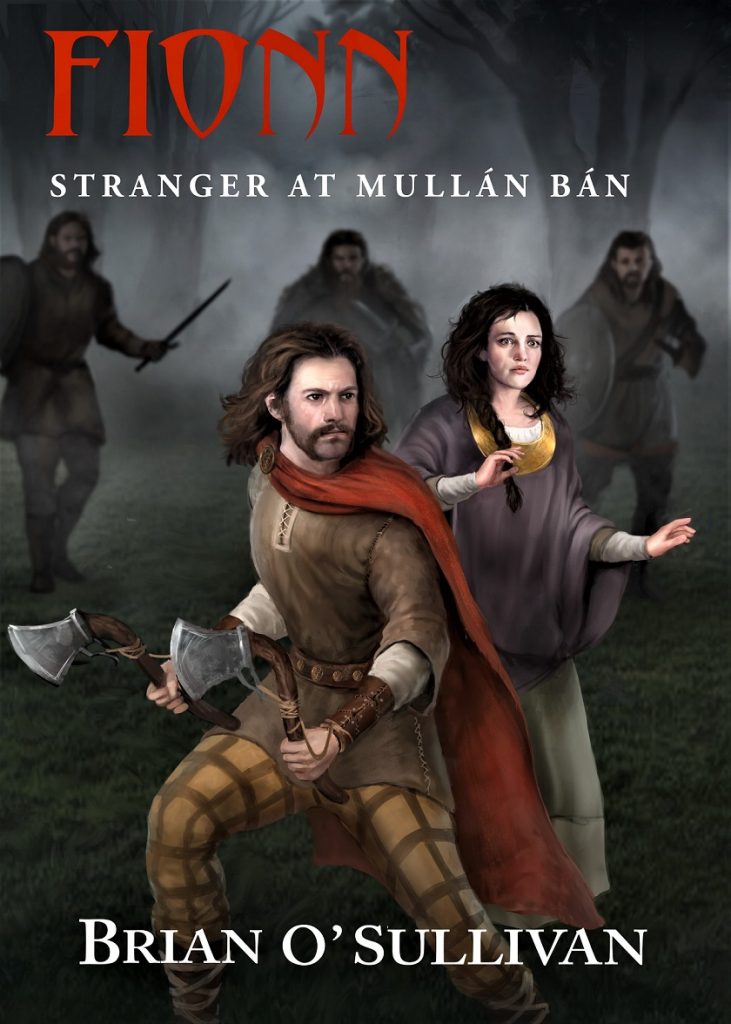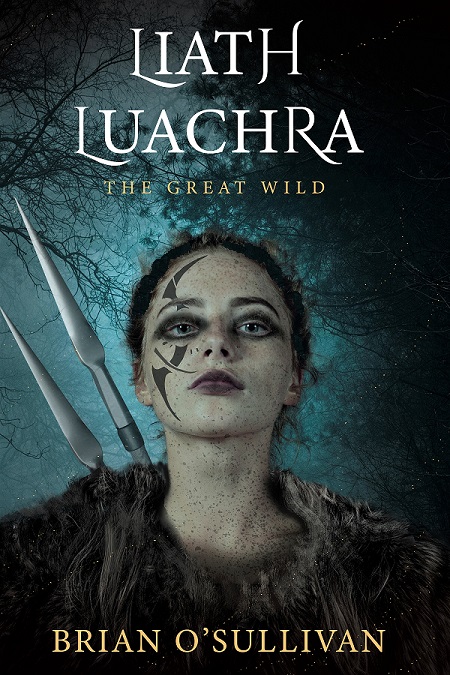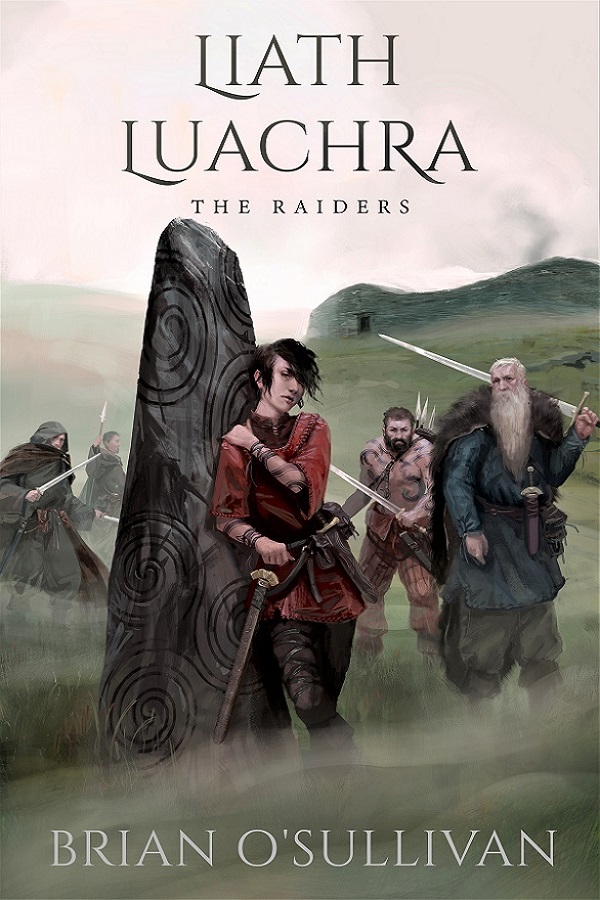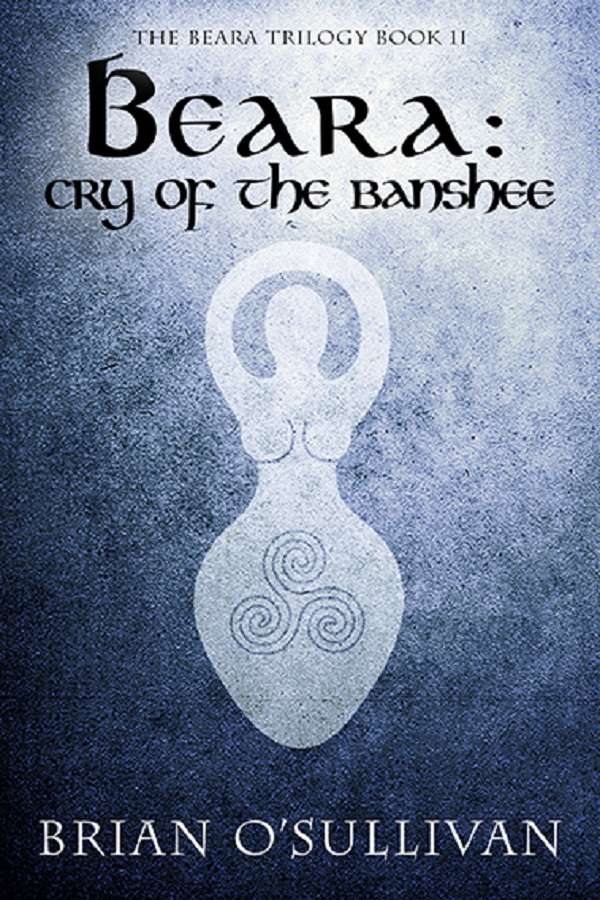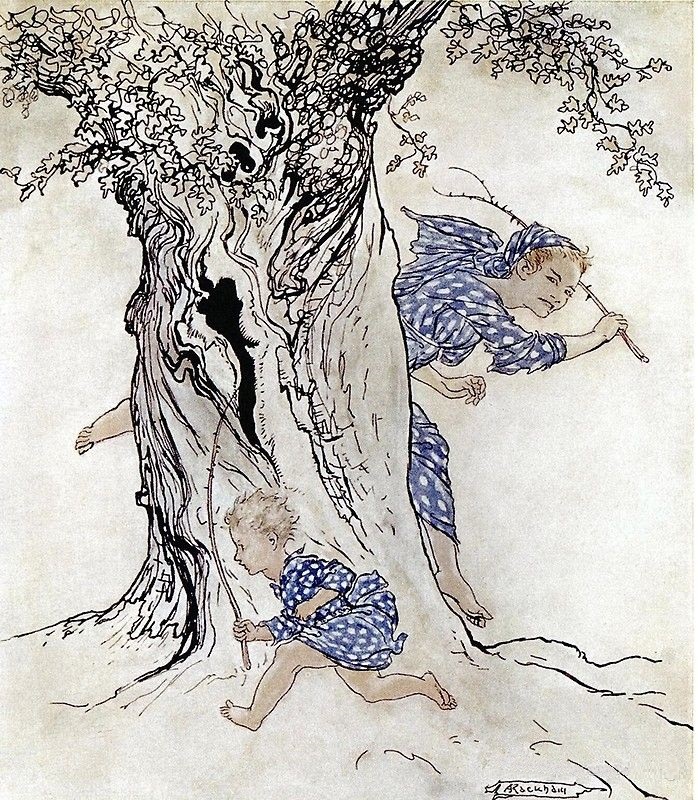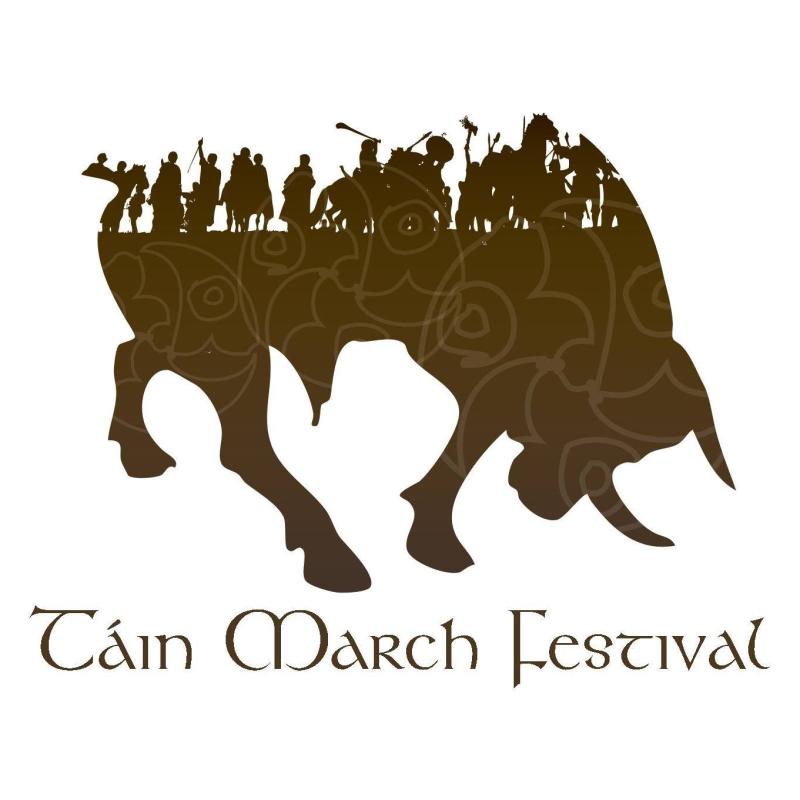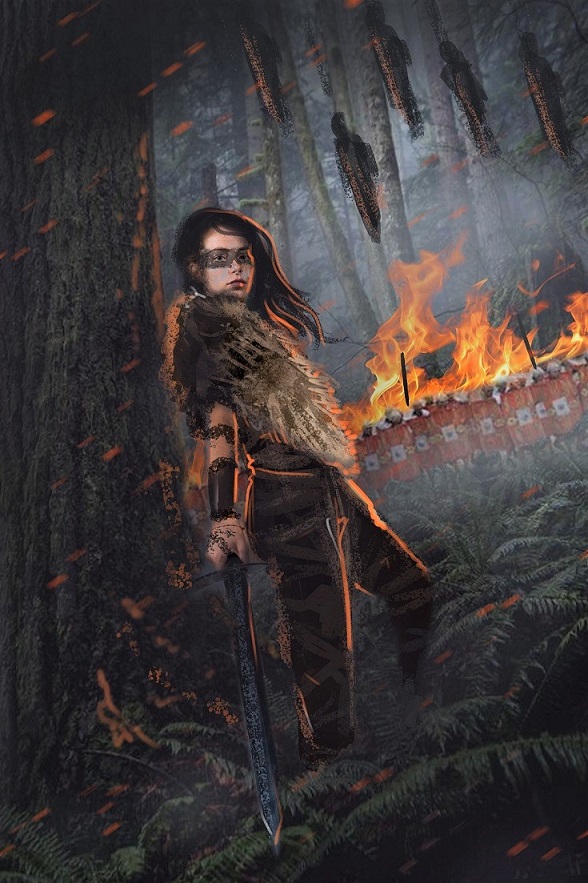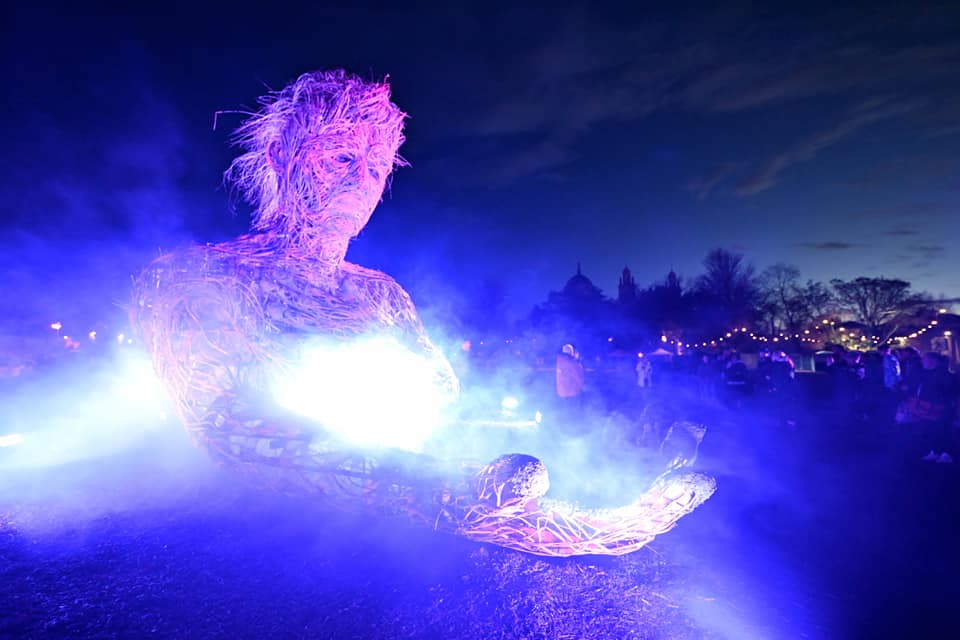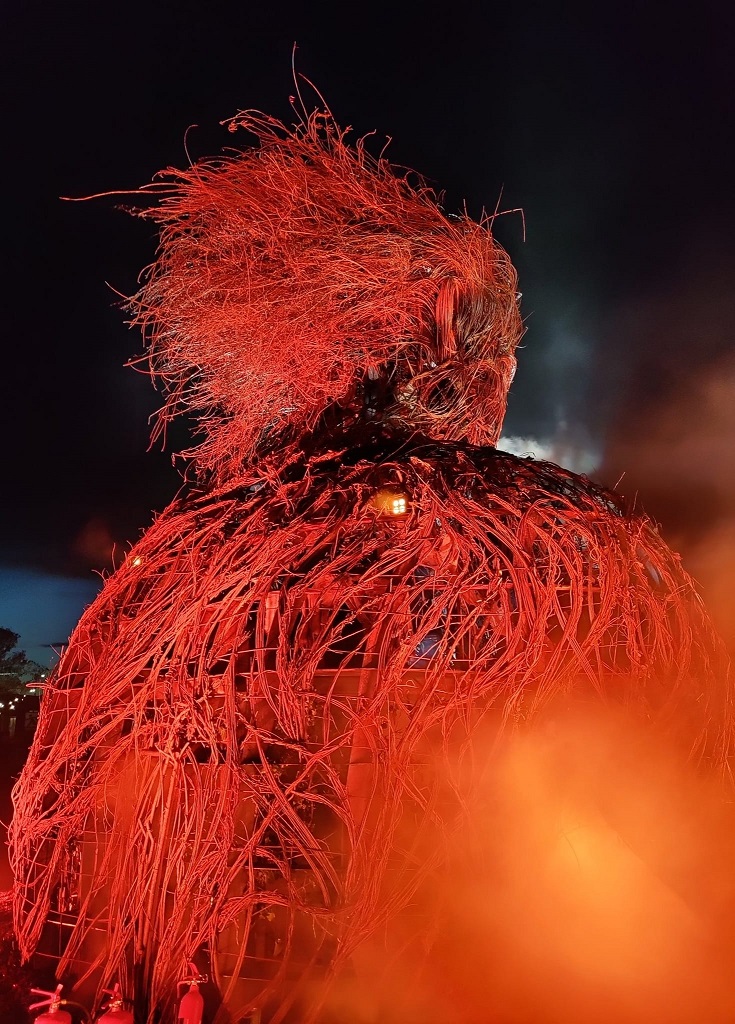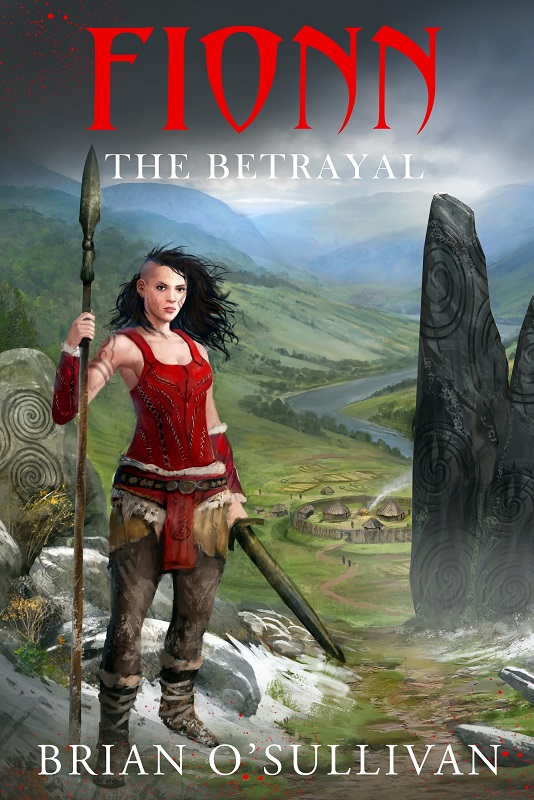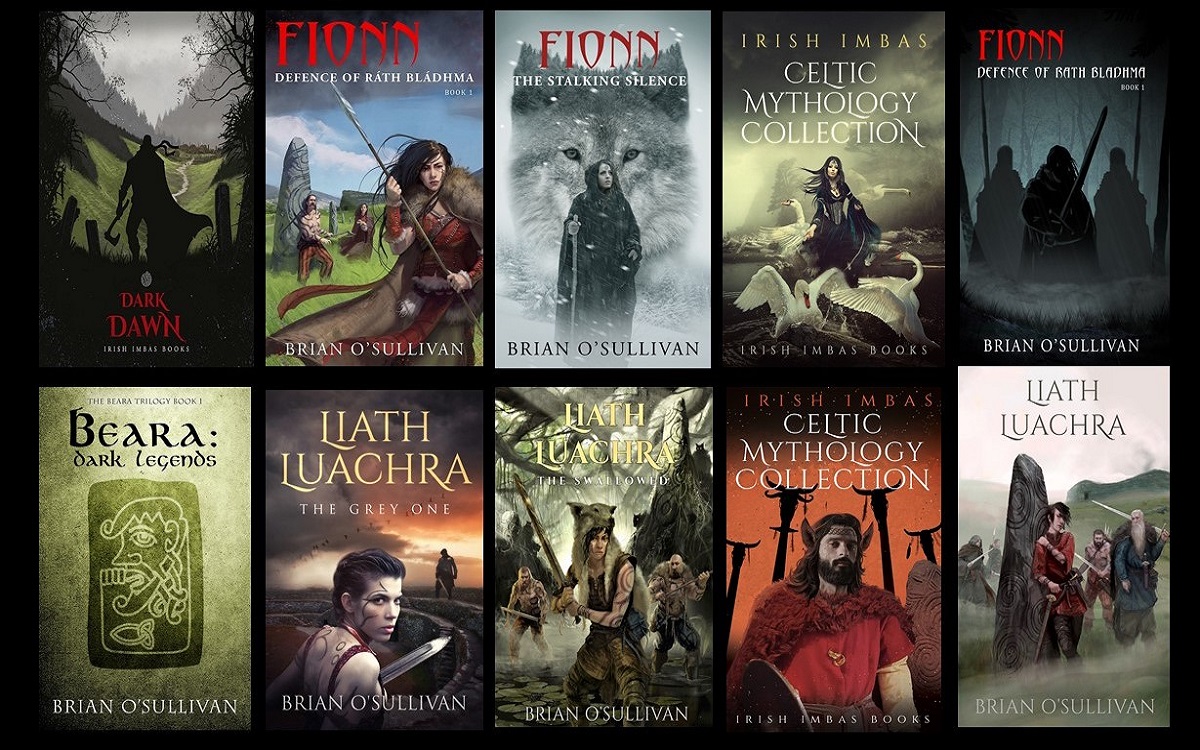
For all of the bad news over 2022 (the Ukraine War, Climate change disasters, attacks on democracy etc.), the year was a relatively calm time at Irish Imbas Books and we managed to release a trio of works that I’m quite proud of.
In March, the fourth book in the Irish Woman Warrior Series – Liath Luachra: The Metal Men – was released (and well received by followers of that series). This was accompanied by a supporting short story, ‘Liath Luachra: The Consent’ (note: this is only available through this website) which resolved a gap in the plotline that I hadn’t been able to cover in the books without disrupting the flow (it brings the character Bressal back into the series). Overall, I’m very satisfied with both
Meanwhile, in about two weeks, the digital version of FIONN: Stranger at Mullán Bán, book four in the Fionn Mac Cumhaill Series finally gets released.
This book marks a step change in the direction of the series as the maturing Fionn (Demne) starts to make his mark and begins his struggle to solve the mystery around his heritage. As always, he’s supported by his three guardians: his aunt – the bandraoi Bodhmhall, the woman warrior Liath Luachra, the eccentric womaniser Fiacail mac Codhna, and a number of other characters from Rath Bládhma (and further afield).
At this stage, I’ve seen three reviews for the book. All three have been very positive, which is always something of a relief.
What’s coming in 2023?
For the next six months, I’ll be working full time in the creative space and focused on completing the following projects:
Liath Luachra: The Great Wild.
The Great Wild is a prequel to the Irish Woman Warrior Series. The first ‘chapter’ is now complete but its slightly experimental nature means I’m still a bit uncertain as to what the final product is going to look like. The target for release to Patrons is Mar/April 2023. I’m not sure when it’ll be publicly available, yet.
Liath Luachra: The Raiders
This isn’t a new book but a repackaging of two previous ones (Liath Luachra: The Seeking and Liath Luachra: The Metal Men) so if you’ve read those, this probably won’t be of interest
Given the strong positive feedback on these books, I wanted to bring the two stories together into a single narrative (which had always been the original intention). This will require some minor rewriting to make the story more accessible for people who haven’t read the other books, but it shouldn’t be significant.
‘The Raiders’ will be exclusive to Amazon for a few months (which means the digital versions of Liath Luachra: The Seeking and Liath Luachra: The Metal Men will be unavailable from all other bookstores over that time. If you’re thinking about getting either of those books from Apple/Kobo/Google Play/Barnes & Noble/ etc., I’d recommend getting them before Christmas as they won’t be available from those suppliers for several months.
Fionn: The Betrayal
Are you a follower of the Fionn mac Cumhaill Series? Have you ever wondered who facilitated the deadly ambush in Fionn: Traitor of Dún Baoisnce or how’The Adversary’ managed to obtain physical tokens from Bodhmhall and Liath Luachra? Have you, perhaps, wondered what exactly happened at the great battle of Cnucha (where Fionn’s father Cumhal was killed) or why so many vested interests have it in for Demne/Fionn?
If you’ve answered ‘yes’ to any of the above, then Fionn: The Betrayal may be for you. This series is slowly but surely drawing to its conclusion, so I’m planning to resolve a number of plotlines with this particular book. It won’t be the last in the series, but it will certainly answer some of the mysteries lurking in the background since book 1. There’s also an overlap with the Liath Luachra Series in there although I don’t think you’ll be able to identify it just yet.
The projected release date for this is June/July 2023.
Beara: Cry of the Banshee
Yes. It’s finally happening. After six or seven years of distraction with the Fionn mac Cumhaill Series and the Irish Woman Warrior Series, I’m finally returning to West Cork and Beara, the most south-western point of Ireland. There, more skullduggery and mythological detective work, await the ever-cynical Mos O’Suilleabháin (O’Sullivan).
Beara: Dark Legends was my first self-published book and it took about 4 years to research and write. It was quite successful at the time of its release, but the effort of producing it left me wrung out to the point where I couldn’t cope with starting the second book (hence the detour into the Fionn and Liath Luachra series). I’m now satisfied that I can get this series up and running again, so expect to see an announcement towards the end of 2023.
Other Projects
There are also a number of other projects sitting at different stages of development or completion, that I’ll also be working on over 2023. Some of these include audiobooks, film/tv scripts, a non-fiction project (The Fundamental Concepts of Irish Mythology) and two more ambitious projects that I’m not in a position to talk about yet. These kinds of projects are hard to scope out in terms of timelines but they’re important from a creative perspective in that they allow me t explore different aspects of storytelling.
I’m also hoping to carry out at least one or two collaborations over 2023 so if you have an interesting (and appropriate) project, send me an email before I get overloaded.
All in all, 2023 is looking like a very important year from my perspective. Roll on New Years Eve!

